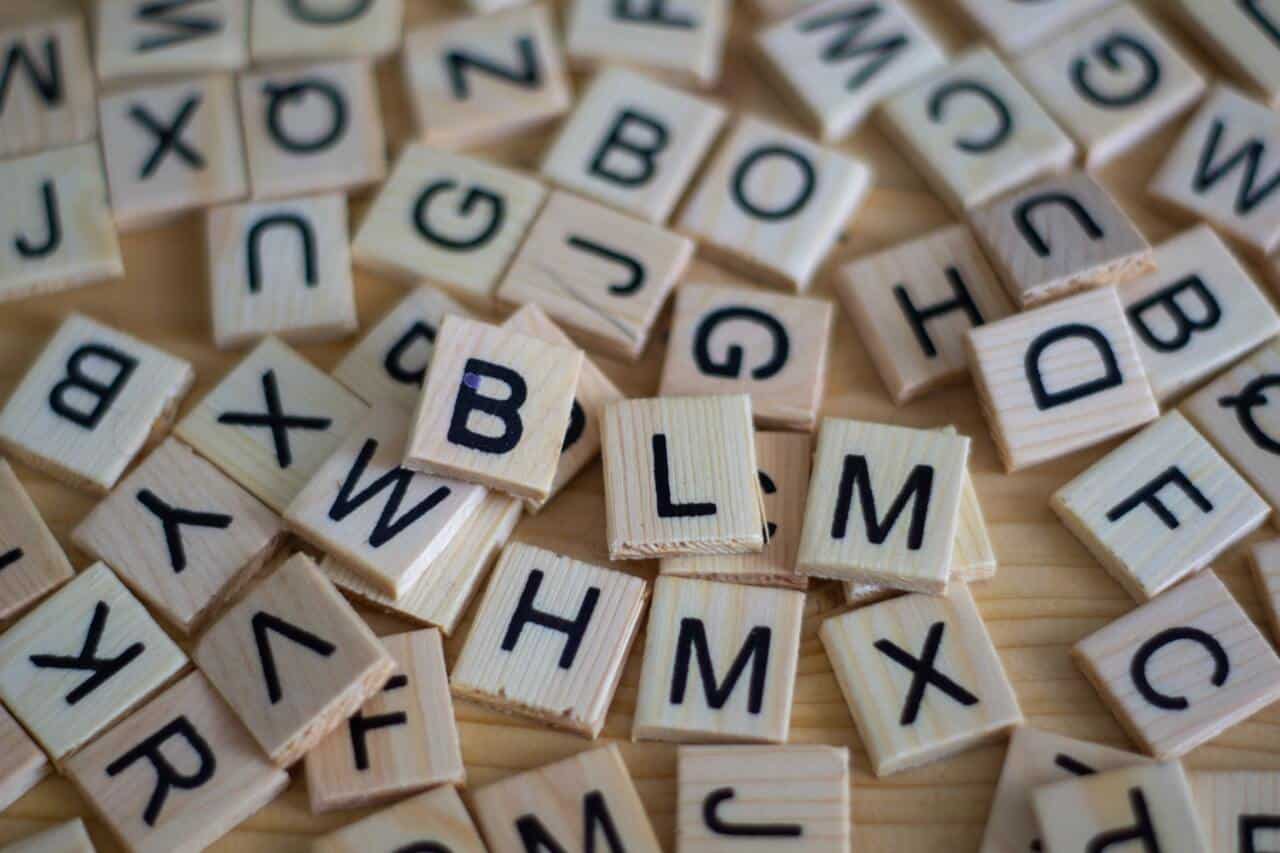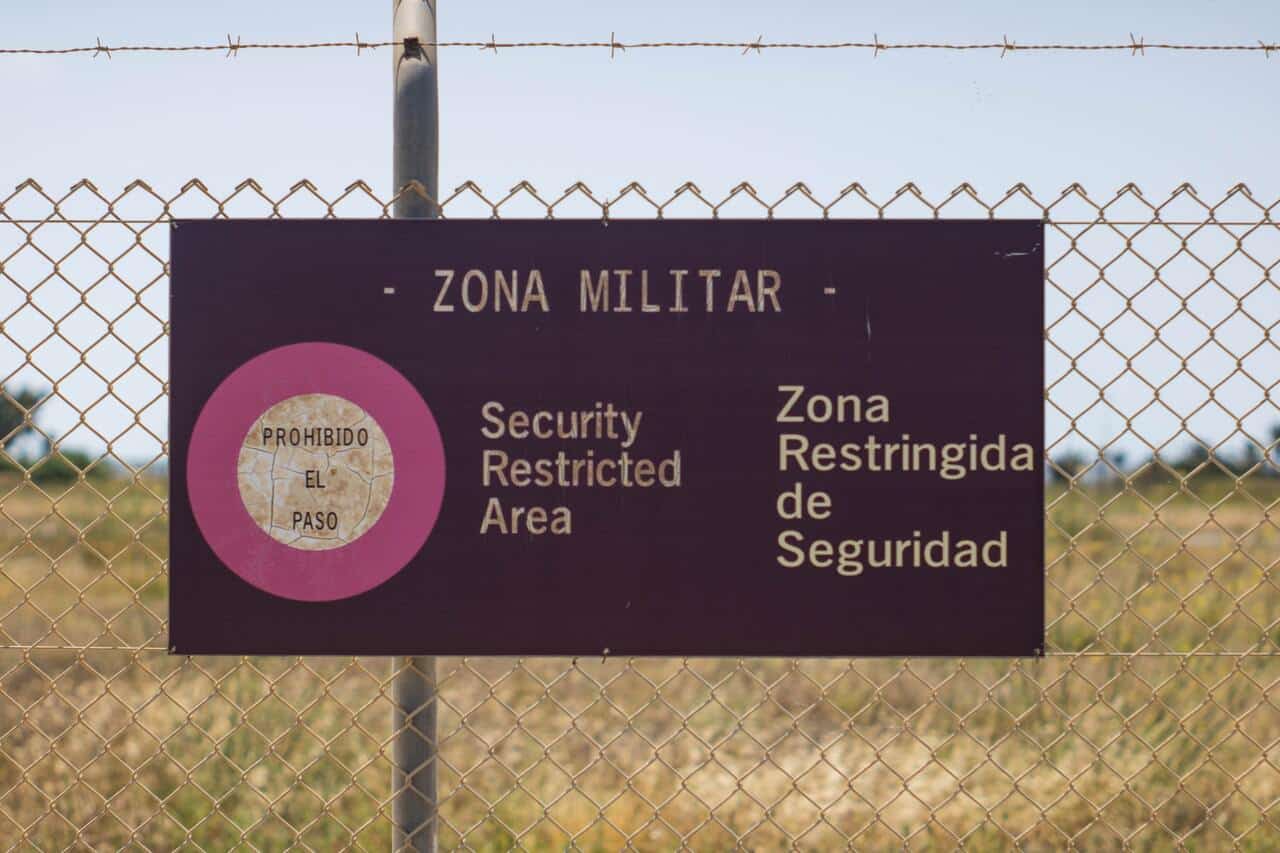
How Many Letters Are in The Spanish Alphabet?
DATE:
If you’re a beginner Spanish learner, then this is the first step you need to take – learn the Spanish alphabet.
The Spanish alphabet, also known as the abecedario, forms the base of your language-learning process and is key to making sure you start off strong.
So in this article, we’re going back to the basics OF Spanish vocabulary and learning all of the letters of the Spanish alphabet, plus some helpful pronunciation tips along the way.
The Spanish Alphabet
The Spanish alphabet has 27 letters as of 1999. So it won’t be too difficult for you to learn all of them!
Let’s focus on each of the 27 letters you need to learn – as well as how to pronounce them. Because if you ever need to spell something out loud, you’ll definitely want to know how to say the letters of the alphabet.
A
The very first letter in the Spanish alphabet – A.
This letter is pronounced ah and is one of the five vowels in the language.
You’ll find this letter in words like:
- Amor – Love
- Gato – Cat
- Chica – Girl
TIP
Remember that vowels in Spanish tend to be shorter than in English. So say “ah” like you would in English – then cut it in half.
B
The next step to learning the Spanish alphabet is the letter B.
Pronounced be, this can sometimes be a tricky one for learners to hear properly. But you know – practice makes perfect!
The letter B is found in words like:
- Barco – Boat
- Ambos – Both
- Haber – There is/There are
Quick note…
The pronunciation of the letters in Spanish words can change depending on their placement. In the first and second examples, you’ll make a strong B sound, similar to English. But when it’s between two vowels, like in the third example, your lips don’t touch.
This is called an approximate sound because your lips almost touch, but not quite. Try it yourself!
C
The next letter in the Spanish alphabet is the letter C, pronounced se.
Although if you’re in parts of Spain, it’ll be pronounced with a –TH sound, like in “thing” – /thé/.
Sound common words that use the letter C are:
- Coche – Car
- Cuba – Cuba
- Caminar – Walk
- Ciudad – City
- Cerveza – Beer
The combinations CO, CA, and CU make a /k/ sound. But the combinations CI and CE make an /s/ sound.
D
The next letter in the Spanish language is D. It’s pronounced as de when you say the letter aloud.
Some common examples of it are:
- Dónde – Where
- Andar – Walk
- Cansado – Tired
- Pared – Wall
Just like the letter B, this is another letter that sounds like an English D when it’s at the beginning of a word, or after an N/M.
However, when it’s between two vowels or at the end of a word – we’ll pronounce it like /th/ in that.
This is a huge tip for beginners! The sooner you start saying /can.sa.tho/ instead of /can.sa.do/, the sooner you’ll start sounding like a native speaker!
E
The next vowel in the Spanish alphabet is the letter E. It’s simply pronounced e like in the English word “Get”.
This is one of the most common letters of the Spanish alphabet, so you’ll want to start practicing:
- Ejemplo – Example
- Letra – Letter
- Interesante – Interesting
F
The letter F is a super simple one for English speakers. The letter is pronounced efe and we’ll use it in words just like in English! For example:
- Final – Final
- Filosofía – Philosophy
- Esfuerzo – Effort
TIP
Greek words that are spelled with a PH in English – like Philosophy – are spelled with an F in Spanish.
G
The letter G can be a bit confusing for some learners because its pronunciation can change in different words. The actual letter is called ge, like the English word Hay.
Let’s go through the examples:
- General – General
- Gigante – Giant
- Garganta – Throat
- Gol – Goal
- Gusano – Worm
- Apago – Turn off
The combination GE and GI make an H sound, like in English. But the combinations GA, GU, and GO make a strong G sound, like in the English word “Goal”.
However, the letter G is the third and final approximate. So when you make this letter between vowels, it makes a separate sound. It’s similar to making a W sound in English, but without moving your lips.

H
Moving on to an easier letter – H, hache. This should be an easy letter for English speakers.
The letter H is always silent in Spanish, so you just have to memorize when to write it.
- Heroe – Hero
- Albahaca – Basil
- Harto – Fed up
QUICK NOTE…
When pronouncing words that come from English, like Hot Dog, some Spanish speakers will make the H sound!
I
The next vowel in the Spanish alphabet is I. Also known as i latina. This is because the letter comes from the Latin alphabet. Although it’s also known just as i depending on the speaker.
Some common examples are:
- Iglesia – Church
- Vivir – To live
- Abrí – I opened
This letter always makes a sound similar to the long I sound in English, like in “ice”. It will never make the shorter sound like in “is”.
Notice the accent mark on the word Abrí? There’s a reason for that! Head over to our guide on Accent Marks in Spanish to learn all of the rules!
J
This next letter is another simple one. The Spanish letter J is called jota. This letter is always pronounced the same, regardless of the position. However, the letter will be pronounced differently depending on the accent of the speaker.
For most beginners, you should start by pronouncing it as the H sound in English, like:
- Ajo – Garlic
- Jabón – Soap
- Reloj – Watch
K
The letter K is a recent addition to the Spanish alphabet. It’s called ke and there are only a few words that actually use this letter. Most of the time, they are words that aren’t naturally in the Spanish language. They’re pronounced exactly the same way as they are in English.
- Kiwi – Kiwi
- Kelvin – Kelvin
- Kilo – Kilo
L
The next letter in the Spanish alphabet is the letter L. It’s referred to as ele and is another letter that shouldn’t be too difficult for most English speakers.
Just be careful that it only makes the /L/ sound when it is by itself. When there are two L’s together, they make a Y sound, like in the word “You” in English.
- Lámpara – Lamp
- Alto – Tall
- Elefante – Elephant
- Llevar – To carry / Take with
- Calle – Street

M
Moving on, the next letter is exactly the same as it is in the English alphabet. M, also known as eme, should give you no problems at all:
- Mamá – Mom
- Alma – Soul
- Mesa – Table
N
Just like the last, N is a simple part of the Spanish alphabet that functions exactly like in English. It’s also called ene and makes a very similar sound:
- Naturaleza – Nature
- Comen – They eat
- Antes – Before
Ñ
The only difference between the English alphabet and the Spanish – the Ñ. Also known as eñe, this tricky little letter can get English speakers into some trouble.
It’s a completely separate letter from N and has a pronunciation similar to the sound in “onion”.
Here are a few examples:
- Ñoquis – Gnocchi
- Pequeño – Small
- Otoño – Fall/Autumn
This one letter makes a HUGE difference. The Spanish words año (year) and ano (anus) are very different! So be careful with your spelling and pronunciation.
O
The next vowel is O. It’s a shorter sound than in English and often causes some problems. So it’ll take you a bit of practice to perfect it!
Here are some examples with this vowel:
- Honesto – Honest
- Palo – Stick
- Listo – Ready
P
Moving back to an easier one, the letter P is called pe. This is one of the easiest of the 27 letters, so you shouldn’t have any difficulty:
- Parte – Part
- Aprobar – To pass
- Tipo – Type
Q
The letter Q is an important one to know, especially considering the fact that you’ll never see it alone. Called cu, it’s always followed by a U in writing. It will also always make a /k/ sound when spoken.
- Qué – What
- Química – Chemistry
- Parque – Park
R
R, also known as erre, is one of the trickiest sounds for English speakers to really master. When it’s by itself, it’s referred to as a flap.
When North Americans say the word “Water” quickly, the letter T is the exact same flap sound.
However, that’s only for single R’s! When there are two R’s together, you get the rolling R sound, also known as the trill. You’ll also hear people refer to doble erre for the trill sound.
Here are a few examples:
- Cara
- Para
- Carro
- Perro
Want to roll your R’s like a native Spanish speaker? Check out our guide on how to roll your tongue with these Spanish Words with RR.
S
Getting easy again – there’s nothing easier than ese in the Spanish alphabet. For your purposes – it’s pronounced exactly the same as it is in English.
- Salón – Room
- Estás – You are
- Música – Music
Just remember we only want soft S sounds, not the Z sound. It’s /mú.si.ca/ NOT /mú.zi.ca/
T
We’re going for an easy round now. Referred to as te, this letter shouldn’t give you any problems at all! But if you’re from North America – make sure you’re making a strong T sound, not any of those flaps!
- Taco – Taco
- Pato – Duck
- Filtro – Filter
U
The final vowel we’re going over today is U. This is one of the most difficult sounds for English speakers. Try to make the vowel in “who”, but make it extra short. Again, vowels take a lot of practice! So let’s start –
- Útil – Useful
- Durmió – Slept
- Menú – Menu
V
This one is a fun letter because it has different names and is quite interesting! It’s called uve, or sometimes be chica. Sometimes it’s referred to as “small b” because its pronunciation is 100% exactly the same as the letter B.
So the words Baya and Vaya have no difference in their pronunciation. Even the rules we mentioned for approximates are the same!
Here are some examples:
- Vacuna – Vaccine
- Tuvo – Had
- Activa – Active
W
Coming to an end, this one is called either doble u OR uve doble, depending on the region. It is only used in words from other languages, so you won’t see it often. Its pronunciation is similar to English, but just a little softer.
- Wifi
- Taiwán
X
This one’s name is equis and has an interesting pronunciation. Typically, the phonetic sound is /ks/, like in “talks”. When it starts a word, it sometimes has a /z/ sound, but this doesn’t happen everywhere!
- Auxilio – Help
- Ex-novio – Ex-boyfriend
- Xenofobia – Xenophobia
Y
Referred to as i griega, as it comes from the greek alphabet, this letter is pronounced exactly the same as a LL in most of the Spanish-speaking world. Here are a few examples:
- Haya – Had
- Yo – I
- Ayer – Yesterday

Z
The last letter of the alphabet! The letter Z, or zeta, is pronounced exactly the same as the letter S almost everywhere in the world!
In Spain, some people distinguish between S and Z, with Z making the /th/ sound as in “thing”. Let’s look at our last examples:
- Ajedrez – Chess
- Zona – Zone
- Azul – Blue
Now you know your ABCs
Congratulations! You were able to learn the Spanish alphabet with no problems at all. You’ve taken the first step into mastering the Spanish language and speaking like a pro.
Now that you’ve learned the abecedario, the best thing you can do is head over and sign up for a free private class or a 7-day free trial of our group classes to practice!








